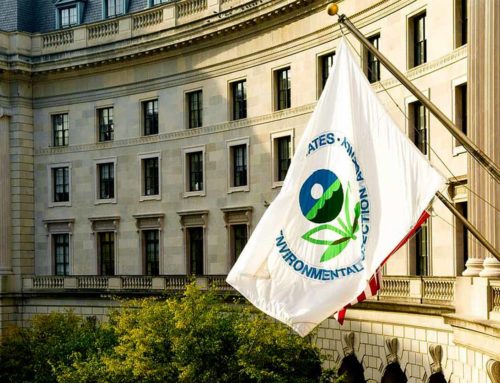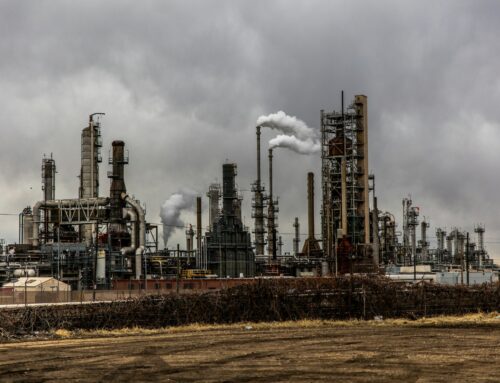View/Download this article in PDF format.
Nuclear fuel reprocessing is the process of collecting nuclear waste to recover and reuse plutonium and uranium. Despite decades of research into fuel reprocessing, the technology has yet to prove cost-effective and the field is littered with examples of wasteful government-sponsored boondoggles:
- A Harvard University study estimates that the cost of reprocessing and recycling plutonium in existing light-water reactors will be more expensive than directly disposing of spent fuel for uranium prices less than $360 per kg.[ 1 ] In 2007, U.S. reactor operators paid an average price of $73 per kg.[ 2 ]
- The Congressional Budget Office estimates that for the roughly 2,200 metric tons of spent fuel produced each year in the United States, reprocessing would likely cost at least $5 billion more than direct disposal of spent fuel over the lifetime of a nuclear reprocessing facility.[ 3 ]
- The West Valley reprocessing facility, the only commercial spent fuel reprocessing plant in the United States, operated for only 6 years, from 1966 to 1972. In 1978, the Department of Energy estimated the clean-up cost for the site at $1.1 billion (in 2000 dollars) and predicted that clean-up would be finished by 1990. By 2000, the cost had escalated to $4.5 billion, with clean-up not projected to finish until 2040. [4]
- The French nuclear company Areva has partnered with the U.S. DOE to build a mixed-oxide fuel fabrication plant to recycle separated plutonium back into light-water-reactor fuel. The plant was originally estimated in 2002 to cost $1 billion. As of 2005, the cost was estimated at $3.5 billion and the project was 2.5 years behind schedule.[ 5]
Global Nuclear Energy PartnershipGNEP is a large-scale U.S.-led initiative to promote nuclear power internationally and begin fuel reprocessing of imported nuclear waste in the United States. The Department of Energy, sponsor of GNEP, has yet to provide a detailed cost analysis of the project and the National Academy of Sciences has estimated the cost of reprocessing nuclear waste in the United States to be upwards of $100 billion.
- Currently, DOE plans to work with industry to design and build three facilities: an advanced reprocessing plant, an advanced reactor that uses recycled fuel, and a research facility for advanced recycling technology.[ 6]
- According to a 2008 report from the Government Accountability Office, “DOE is unlikely to meet its goal of deploying the facilities in a way that will not require a large amount of government funding.”[ 7 ]
- Industry has proposed that the design and construction of the initial advanced reactor be entirely government funded. Industry estimates the cost of this reactor at $2 to $4.5 billion, but according to the Government Accountability Office, this is likely to be an understatement.[ 8]
- This summer during the Appropriations debate, the House Energy and Water committee strongly opposed funds for the program stating ‘the committee does not support the Department’s rushed, poorly-defined, expansive and expensive Global Nuclear Energy Partnership proposal.”
[1] M. Bunn, S. Fetter, J.P. Holdren, B. van der Zwaan, “The Economics of Reprocessing vs. Direct Disposal of Spent Nuclear Fuel,” Harvard University Project on Managing the Atom, December 2003.
[2] Energy Information Administration, “Uranium Marketing Annual Report”, online at http://www.eia.doe.gov/cneaf/nuclear/umar/umar.html , May 2008.
[3] P.R. Orszag, “Costs of Reprocessing Versus Directly Disposing of Spent Nuclear Fuel”, Congressional Budget Office Testimony before the Committee on Energy and Natural Resources, online at: http://www.cbo.gov/ftpdocs/88xx/doc8808/11-14-NuclearFuel.htm, November 2007.
[4] Government Accountability Office, “Nuclear Waste: Agreement among agencies responsible for the West Valley Site is critically needed”, GAO-01-314, May 2001.














Get Social